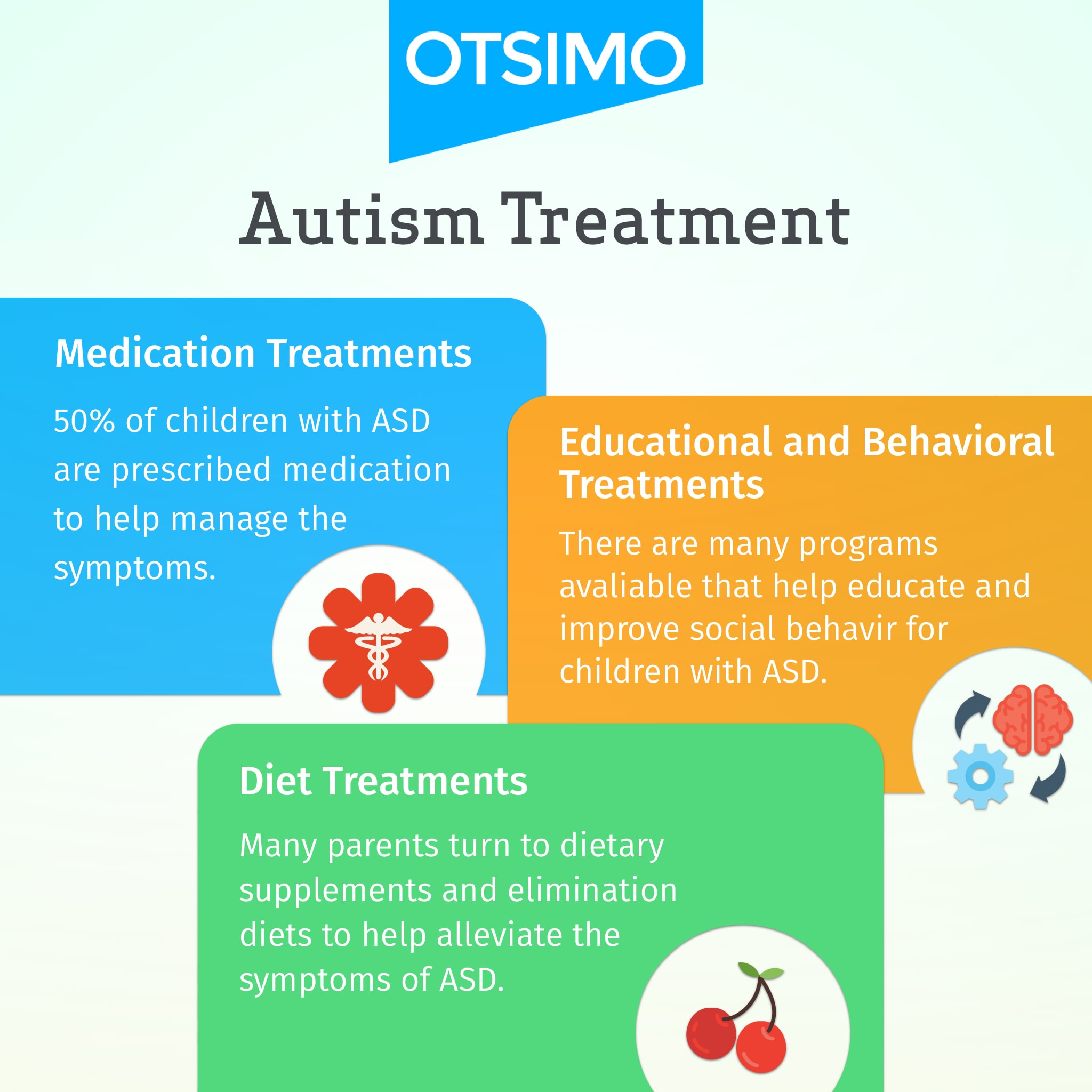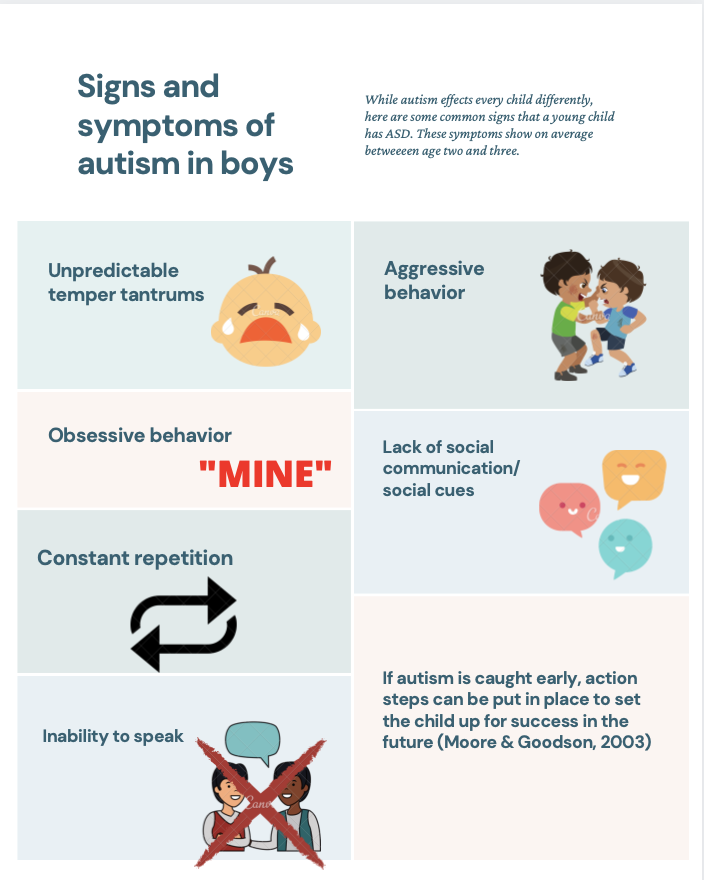Recognizing emotional signals through Autism Therapist-backed methods
Recognizing emotional signals through Autism Therapist-backed methods
Blog Article
Promoting Inclusivity: Exactly How to Produce Encouraging Atmospheres for Those With Behavioral Autism
Producing encouraging environments for individuals with behavior autism is crucial for promoting inclusivity. What details steps can you take to ensure these people thrive in various setups?
Understanding Behavioral Autism: Secret Features and Challenges
Comprehending behavioral autism involves recognizing its key qualities and the challenges it offers. People with autism frequently display problems in social interaction, communication, and repetitive behaviors.

Sustaining a person with behavioral autism implies being patient and versatile. You'll require to produce an atmosphere that reduces stress and advertises comfort. Familiar regimens can help, together with clear, consistent interaction. Comprehending these qualities will lead the means for extra effective assistance and a much more comprehensive atmosphere.
The Function of Empathy in Sustaining Individuals With Autism
Empathy plays an important role in sustaining individuals with autism by aiding you comprehend their one-of-a-kind point of views. By practicing energetic listening strategies, you can construct emotional links that foster count on and communication - Aba Therapist. This understanding not only improves your connection yet also produces a more helpful atmosphere for them
Comprehending One-of-a-kind Viewpoints
When you consider the unique perspectives of people with autism, it becomes clear just how essential compassion is in supplying efficient support. Your ability to empathize allows you to develop an atmosphere where they feel safe, valued, and recognized. This encouraging environment empowers individuals with autism to share themselves, inevitably boosting their well-being and growth.

Energetic Paying Attention Techniques
Energetic listening strategies play an important function in sustaining people with autism, as they foster a much deeper link and understanding. Paraphrase what they claim to confirm your understanding, and ask flexible inquiries to encourage additional expression. By exercising these strategies, you produce a secure space where individuals really feel listened to and valued, eventually improving their communication and emotional wellness.
Structure Emotional Links
Producing an encouraging setting through active paying attention naturally causes constructing psychological links with people on the autism spectrum. When you truly engage, you're not simply hearing their words; you're recognizing their sensations. This compassion cultivates trust, allowing them to reveal themselves freely. Use nonverbal hints, like eye call and nodding, to reveal you exist and spent in their experiences.

Effective Interaction Methods for Inclusivity
Efficient communication methods play an important role in cultivating inclusivity for individuals with behavior autism. Start by making use of clear, basic language that's understandable. Prevent expressions or abstract phrases; they can be complex. Instead, be straight and particular concerning what you imply.
Nonverbal cues are just as essential. Focus on your body language, faces, and tone of voice, as these can share more than words. Keep eye contact and use motions to improve understanding.
In addition, be patient and give people time to procedure information. Motivate them to reveal their feelings and thoughts, revealing that their input is valued.
Active listening is crucial; repeat or reword what they have actually said to verify understanding. Adjust your interaction methods based on private choices, whether it's through visual aids, composed guidelines, or various other devices. This individual touch reinforces inclusion and helps construct meaningful connections.
Tailoring Support Systems in Educational Settings
In educational settings, you'll want to concentrate on Individualized Education and learning Program (IEPs) that deal with each pupil's one-of-a-kind demands. Developing a sensory-friendly class layout can additionally boost learning by reducing disturbances and advertising convenience. Together, these techniques can promote an atmosphere where trainees with autism flourish.
Individualized Education And Learning Strategies
While steering with the complexities of autism in instructional settings, Individualized Education Plans (IEPs) play an important role in customizing support group to satisfy each student's one-of-a-kind needs. An IEP describes specific objectives, holiday accommodations, and services that suit your youngster's toughness and difficulties. It's important to collaborate with educators, experts, and your child to develop a thorough strategy. Consistently assessing and updating the IEP ensures it continues to be efficient as your child expands. Encourage open interaction among all parties entailed, fostering an encouraging network that promotes your child's success. Keep in mind, an effective IEP is not simply a document; it's a living device that adapts to your youngster's developing demands, ensuring they grow in their educational setting.
Sensory-Friendly Classroom Layout
Creating a sensory-friendly class can greatly boost the learning experience for pupils with autism. Usage relaxing colors on wall surfaces and design to produce a soothing environment. By making these adjustments, you'll develop an environment where trainees with autism feel a lot more supported and engaged in their understanding trip.
Developing Inclusive Workplaces for People With Autism
To cultivate a really inclusive office for people with autism, companies need to acknowledge the unique Autism Spectrum Therapies toughness and challenges these people bring. Begin by advertising clear communication and giving comprehensive job descriptions that detail expectations. This assists people recognize their functions far better and reduces anxiety.
Take into consideration applying adaptable job arrangements, such as remote job or readjusted hours, to accommodate different personal choices and sensory requirements. Educating your team on autism awareness is vital; it can enhance empathy and promote a helpful ambience.
Developing silent rooms where staff members can reenergize throughout stressful moments can likewise make a considerable distinction. Motivate the use of assistive innovations that aid streamline tasks and enhance efficiency.
Eventually, valuing variety will certainly not only benefit people with autism but will certainly additionally enrich the whole team, bring about a much more cutting-edge and dynamic office. Welcome these strategies to cultivate an atmosphere where everyone can thrive.
Motivating Social Interaction and Neighborhood Involvement
Urging social communication and community interaction is important for individuals with autism, as it aids develop confidence and fosters meaningful connections. To produce a helpful environment, begin by offering opportunities for individuals to connect with see it here others in a comfy setting. Arrange group activities that accommodate various interests, such as art classes, sports, or area service tasks.
You can also assist in smaller sized, structured celebrations where everybody can share their experiences and thoughts. Urge open interaction by modeling considerate listening and empathy. Developing peer mentorship programs can aid produce bonds and give support.
Include families and neighborhood companies to broaden the support network and advertise inclusive events. Bear in mind, the secret is to produce risk-free spaces where people with autism really feel valued and recognized. By promoting these connections, you'll aid them prosper socially and develop a sense of belonging within the area.
Resources and Tools for Structure Supportive Settings
While building encouraging environments for individuals with autism might seem difficult, several resources and devices can make the process less complicated and a lot more reliable. Consider utilizing visual assistances like timetables or social stories to assist people understand their day-to-day regimens and social situations. Apps developed for interaction, such as AAC (Augmentative and Alternative Interaction) devices, can also improve communication.
Additionally, training programs for staff and volunteers on autism awareness can promote compassion and understanding in your community. Look into local organizations that offer resources or workshops customized for supporting individuals with autism.
Creating sensory-friendly spaces with calming elements-- like soft lighting and silent locations-- can profit those that may end up being overwhelmed. Establishing links with neighborhood support groups can provide recurring support and comments, aiding you fine-tune your method and guarantee inclusivity for all.
Frequently Asked Concerns
Exactly How Can I Educate Others Regarding Behavioral Autism Properly?
To inform others concerning behavioral autism properly, share personal tales, provide clear sources, and encourage open conversations - Autism Behavioral Therapy. Use relatable instances and highlight the value of understanding various viewpoints to foster empathy and understanding
What Prevail Misconceptions Concerning Autism That Required Resolving?
You could think autism just affects interaction skills, however that's just one element. Many believe it's only a youth problem, when as a matter of fact, it extends across every ages and shows up in a different way for each individual.
Just How Can I Advocate for Autism Understanding in My Community?
You can promote for autism recognition by organizing neighborhood occasions, sharing insightful resources, and teaming up with local organizations. Usage social media to spread the word, and motivate open discussions to foster understanding and acceptance.
Exist Particular Sensory-Friendly Spaces for People With Autism?
Yes, many neighborhoods supply sensory-friendly spaces, like quiet spaces in collections, specialized backyard, or designated hours at museums. You can explore local resources and advocate for even more comprehensive rooms to sustain people needing them.
What Role Do Household Members Play in Supporting People With Autism?
Family members play an essential role in supporting individuals with autism. You can offer patience, understanding, and encouragement. By actively participating in their lives, you help build confidence and foster self-reliance, developing a supporting atmosphere.
Producing helpful environments for individuals with behavior autism is crucial for cultivating inclusivity.Developing an encouraging environment through energetic paying attention naturally leads to building emotional web links with people on the autism spectrum. Creating Inclusive Workplaces for People With Autism.
To promote a really comprehensive work environment for individuals with autism, companies have to acknowledge the distinct strengths and challenges these people bring. Keep in mind, the key is to develop risk-free spaces where people with autism really feel valued and comprehended.
Report this page